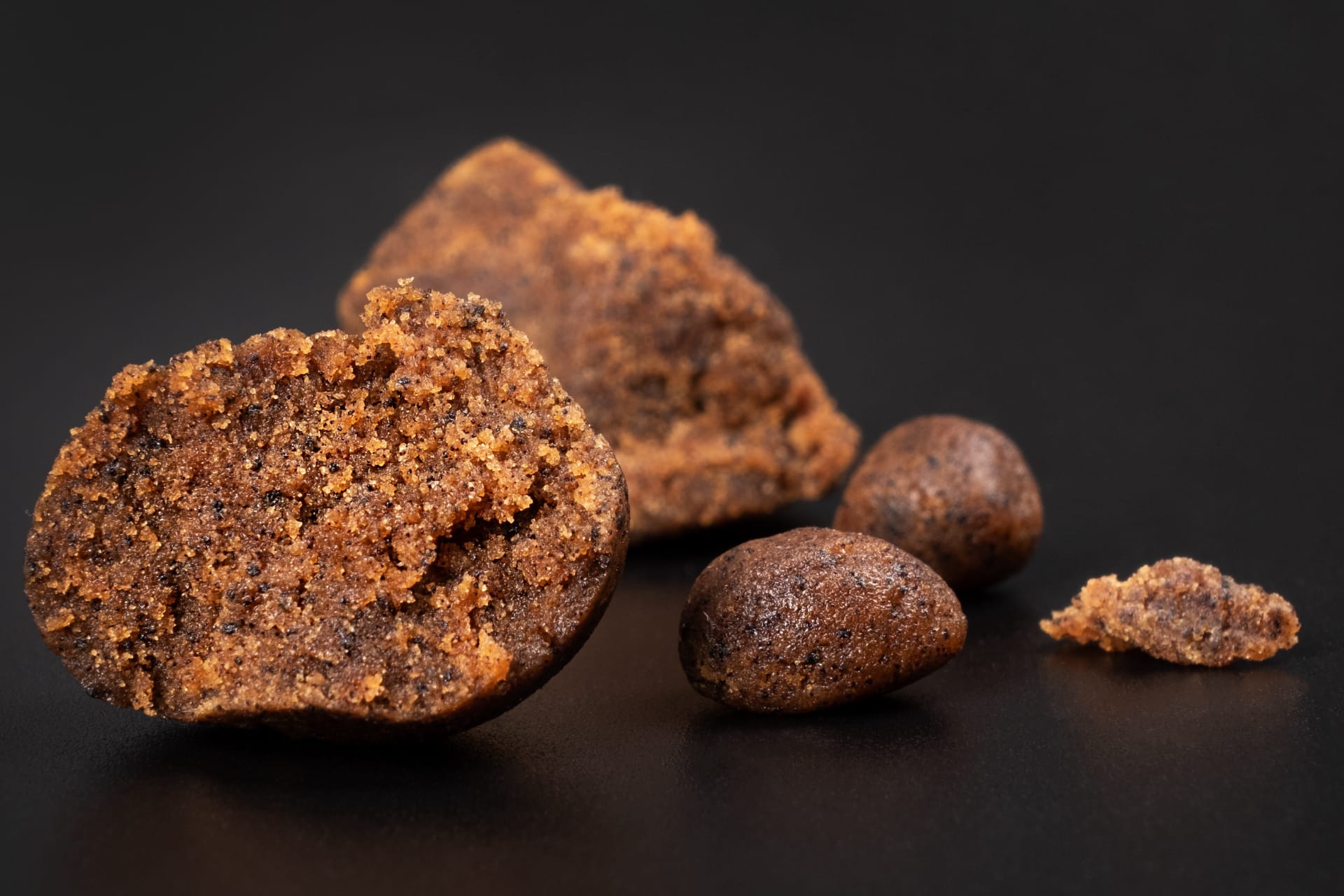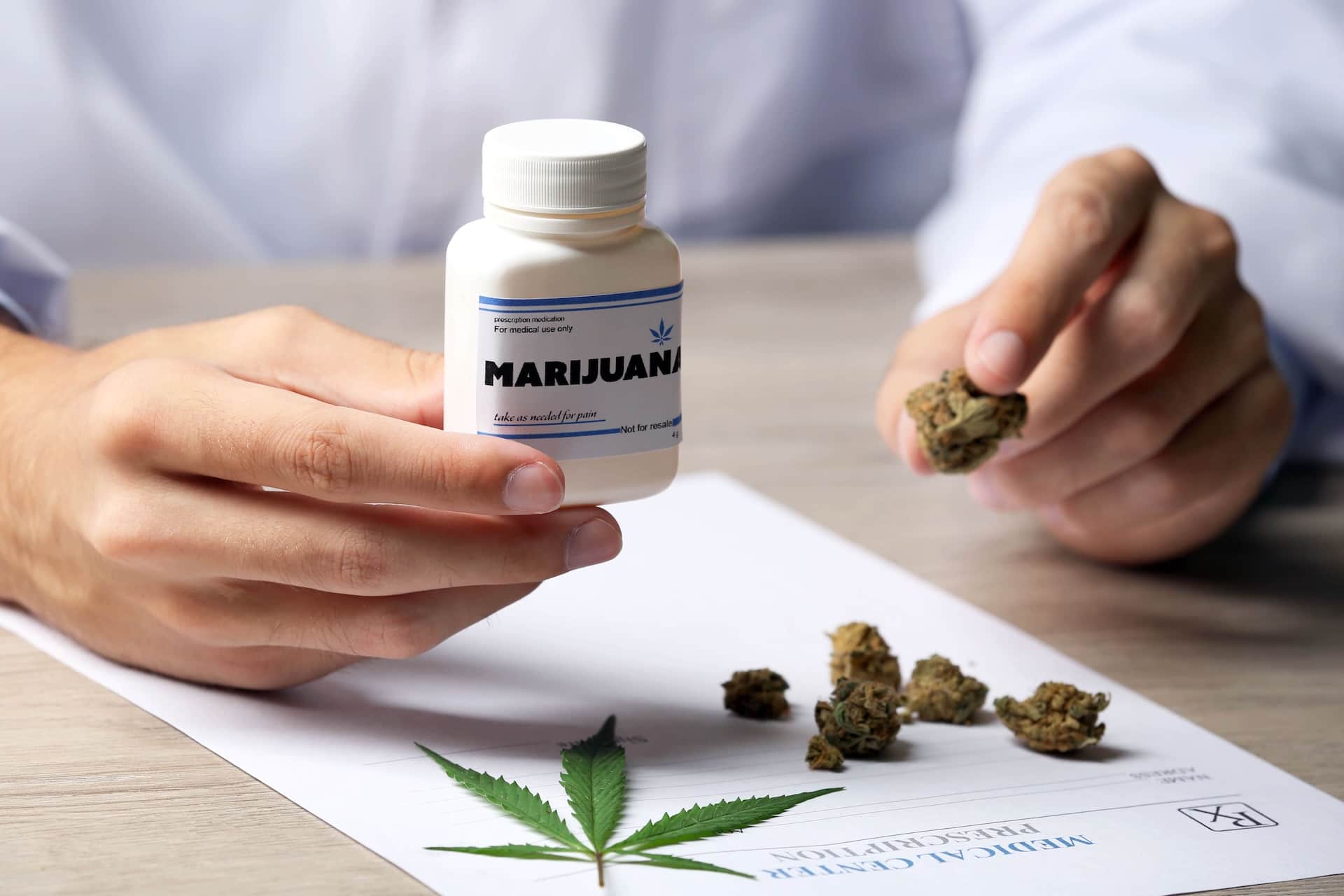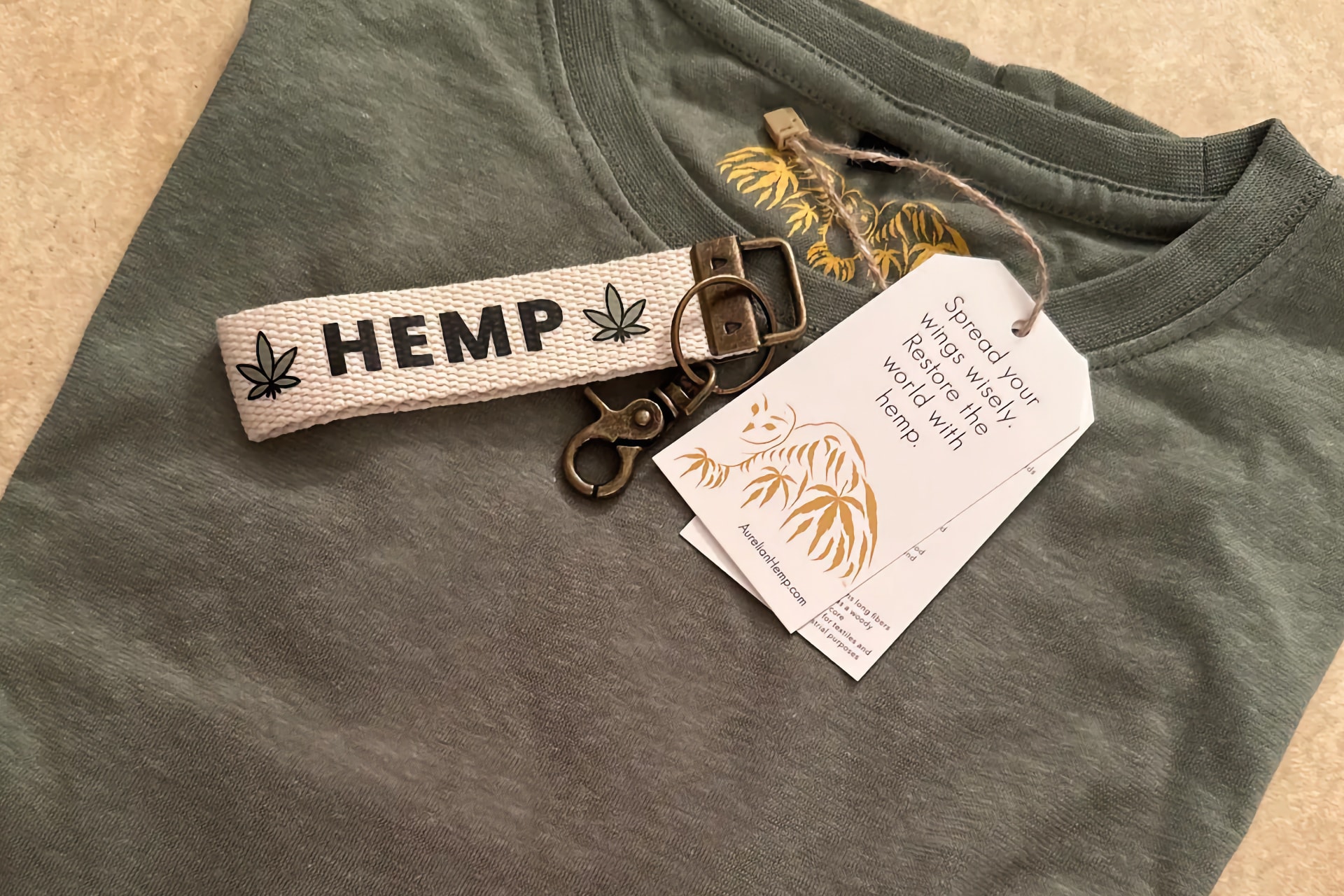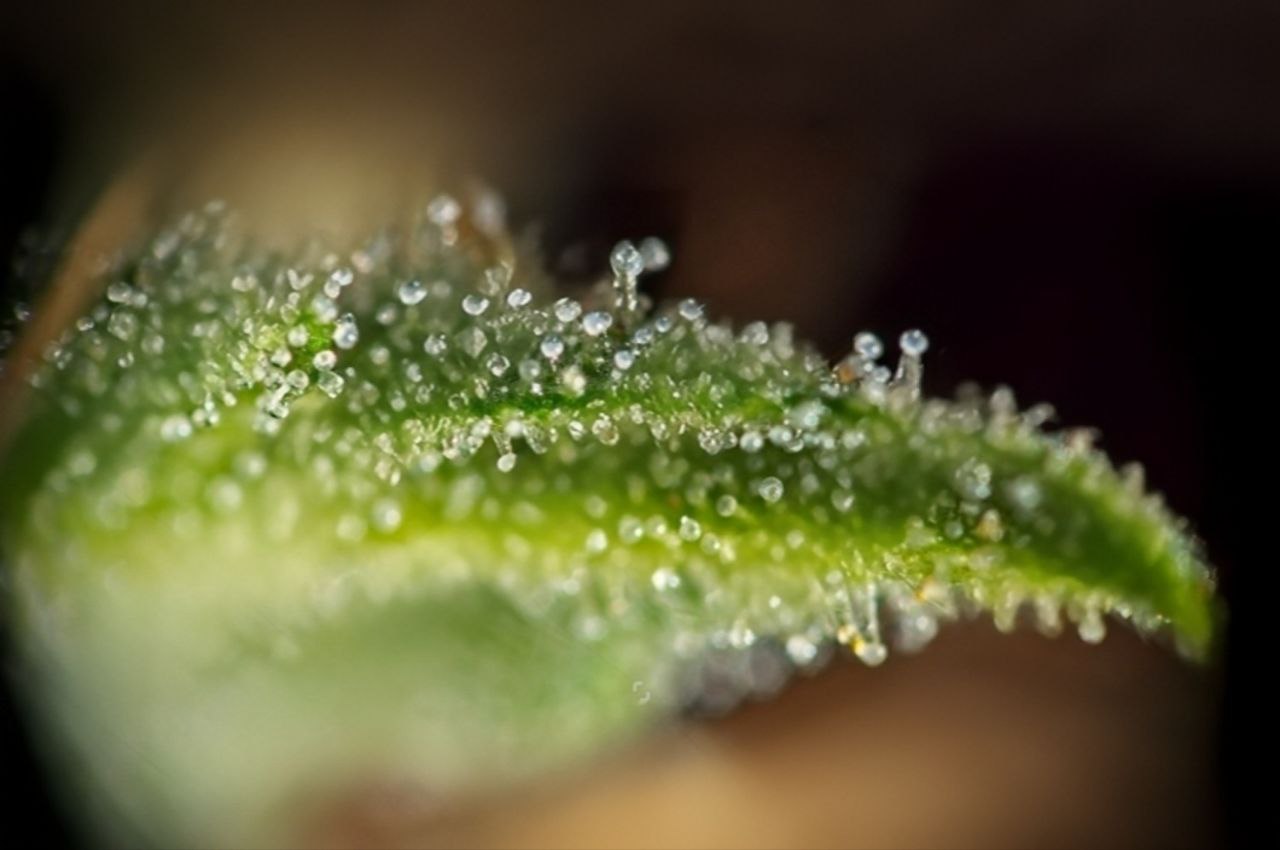In September 2025, Dr. Dustin Sulak, the founder of Healer.com and well-known American cannabis expert, presented a webinar exploring how cannabis can help with cancer, wound healing, ALS and Alzheimer’s disease. He summarized five recent studies published between March and July 2025, each exploring promising therapeutic uses for cannabinoids.
Below we present the key points of the webinar.

Dr. Sulak’s review began with a study from Thailand, published in the “Journal of Current Science and Technology”. The research compared outcomes for 98 cancer patients, split between those receiving medical cannabis and those using morphine. Results showed that those who used cannabis lived a little longer, spent fewer days in the hospital, and felt better overall. This means that cannabis might help cancer patients improve the quality of their lives, not just control pain.
A July 2025 animal study examined how daily, low-dose THC injections affected wound healing in older mice. The results were clear: THC treatment over three weeks sped up wound closure and improved healing environments, mimicking those found in younger animals. This means THC might help older people’s bodies repair wounds more quickly by reducing inflammation.
Another highlighted study, from “Biomedicine & Pharmacotherapy”, tested cannabidiolic acid (CBDA) in a mouse model of ALS, a disease that attacks nerve cells. CBDA is an acidic cannabinoid that becomes famous CBD after decarboxylation.
The mice given CBDA had better movement and healthier nerve cells than those treated with usual medicine. This research points to CBDA as a possible new treatment for ALS.
A blind UK trial published in “Age and Ageing” tested nabiximols (a blend of THC and CBD) on Alzheimer’s patients. The treatment was safe, but it improved agitation as much as placebo did. Even so, the trial showed it is possible to do large-scale studies safely in the future.
Finally, a June 2025 study examined whether alpha-pinene, a terpene commonly found in cannabis, could stop THC from hurting memory. Results found no notable effect. But Dr. Sulak emphasized the limitations of testing isolated compounds versus whole-plant cannabis, which contains hundreds of active compounds working together.
Dr. Sulak’s analysis of these five studies demonstrates both the promise and complexities of cannabis as medicine, underscoring the urgency of more rigorous, controlled trials. With the USA and Europe now contributing billions to research budgets, the number of medical cannabis studies are likely to multiply.

Most people recognize marijuana for its two major substances: THC, responsible for psychoactivity, and CBD, valued for its therapeutic effects. However, recent research has identified approximately 600 different chemical compounds in cannabis, and scientists are paying more and more attention to some of the less-famous ingredients.

Hashish is a concentrated form of the sticky crystals, called trichomes, taken from marijuana flowers and pressed into bricks. In Spanish cannabis clubs, members can find three main types of hashish: Dry Sift, Semi Dry, and Resin.

According to the Spanish Ministry of Health, cannabis use among adolescents has dropped by 40% over the last two decades.

Why is hemp considered one of the most promising crops for sustainable production? What properties does industrial hemp possess?

Why is hashish surrounded by legends and mystical stories? What role did it play in the culture of the Arab world and in 19th-century European literature?

What are cannabis terpenes and how do they work? A brief guide to the aroma profiles of the most popular marijuana strains.

The best exhibitions, festivals and conferences around the world: check out our list of cannabis events for the industry professionals and enthusiasts, as well as for travelers eager to explore the world of cannabis.